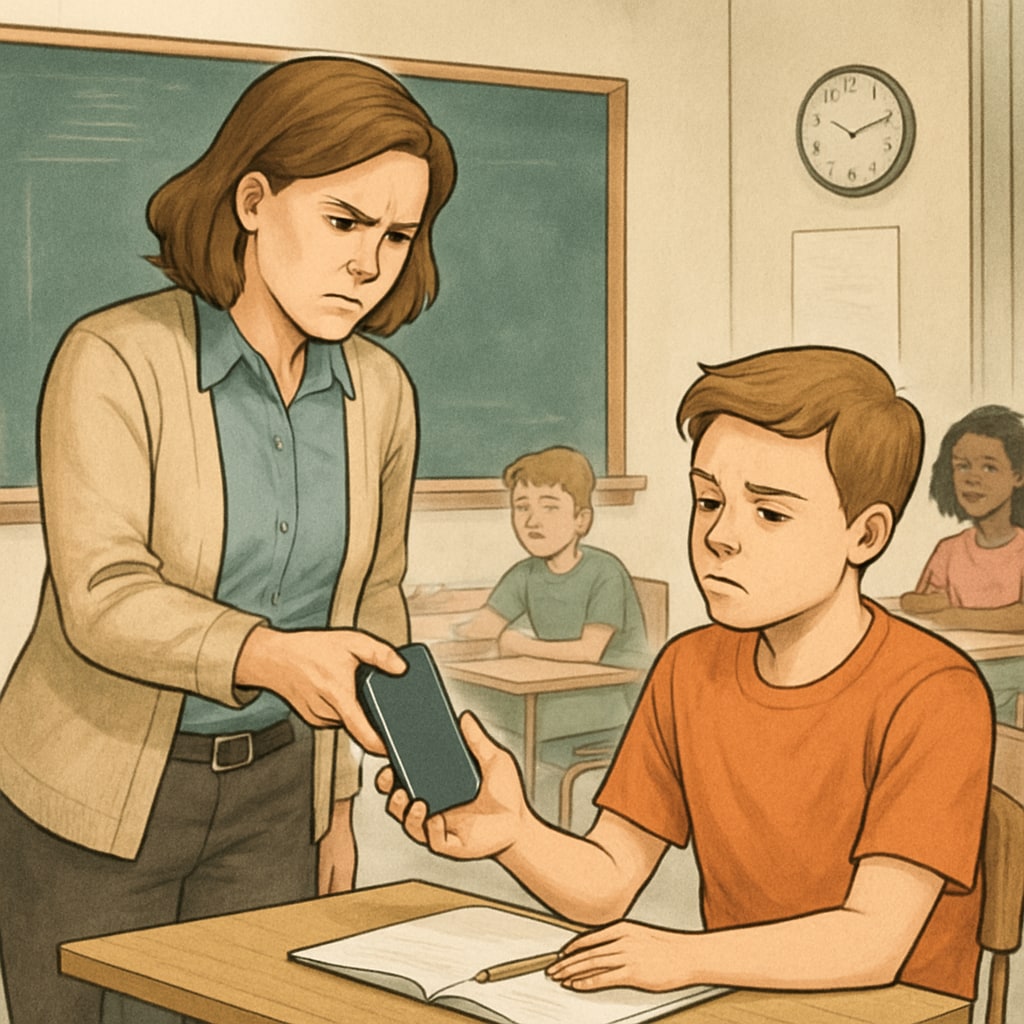The implementation of school phone bans has become a growing trend, with many states and institutions choosing to enforce policies that completely prohibit phone usage during school hours. While the intention is to improve school safety, learning efficiency, and address concerns around privacy, is this approach truly effective? This article delves into the pros and cons of such bans and explores potential alternatives that strike a better balance between discipline and modern educational needs.
Understanding the Rationale Behind School Phone Bans
School administrators and policymakers often defend phone bans as a means to reduce distractions, curb cyberbullying, and promote a focused learning environment. Studies have shown that excessive phone usage can lead to lower academic performance, as students spend more time on social media or gaming instead of focusing on lessons. Additionally, restricting phone use minimizes the risk of inappropriate content being shared or accessed during school hours.
Beyond academics, safety concerns also play a critical role. For example, some argue that banning phones can prevent students from documenting or spreading harmful incidents, such as fights or bullying, which can escalate tensions. In this context, the phone ban appears to be a logical measure to create a safer and more conducive learning environment.

The Hidden Downsides of a Complete Phone Ban
Despite the benefits, there are significant drawbacks to enforcing a blanket phone ban in schools. One major concern is the restriction of communication between students and their families, especially during emergencies. While schools argue that landlines or administrative channels are sufficient, parents often feel more secure knowing they can directly reach their children.
Moreover, banning phones outright can inadvertently disengage students from modern learning tools. Smartphones are not solely entertainment devices; they also provide access to educational apps, collaborative platforms, and online resources. A complete prohibition might deny students opportunities to leverage technology for learning.
Another challenge is enforcement. Teachers and administrators spend considerable time policing phone usage, which can create tension between staff and students. This adversarial dynamic may detract from the overall educational mission and foster resentment rather than respect.

Exploring Balanced Alternatives to Phone Bans
Instead of enforcing an all-or-nothing approach, schools could adopt more nuanced policies that address the root causes of phone misuse while preserving the benefits of technology. Here are some alternatives to consider:
- Designated Phone Zones: Establish specific areas where students can use their phones during breaks, ensuring minimal disruption to classrooms.
- Tech-Free Periods: Implement scheduled times when phones are off-limits, such as during lessons, while allowing their use for educational activities.
- Digital Literacy Programs: Educate students on responsible phone usage, including the importance of privacy and managing screen time effectively.
- Monitoring Software: Use technology to restrict access to non-educational apps or websites during school hours, instead of banning phones completely.
By adopting these alternatives, schools can foster a culture of responsible technology use without alienating students or their families.
Conclusion: A Step Forward, Not Backward
While school phone bans aim to enhance safety and learning efficiency, they come with notable trade-offs, including the potential infringement on student privacy and the loss of educational opportunities. Instead of viewing phones as distractions, schools should embrace them as tools for learning and communication, provided they are used responsibly. By implementing balanced and flexible policies, schools can prepare students for a world where technology is an integral part of daily life.
Ultimately, the debate around phone bans is not about choosing between discipline and freedom but about finding solutions that empower students while maintaining classroom harmony. As education evolves, so must our approach to managing technology within schools.
Readability guidance: This article employs short paragraphs, clear transitions, and an accessible tone to ensure readability. Lists are used to summarize key points, and passive voice is kept minimal for clarity. Images are strategically placed to complement the discussion.


